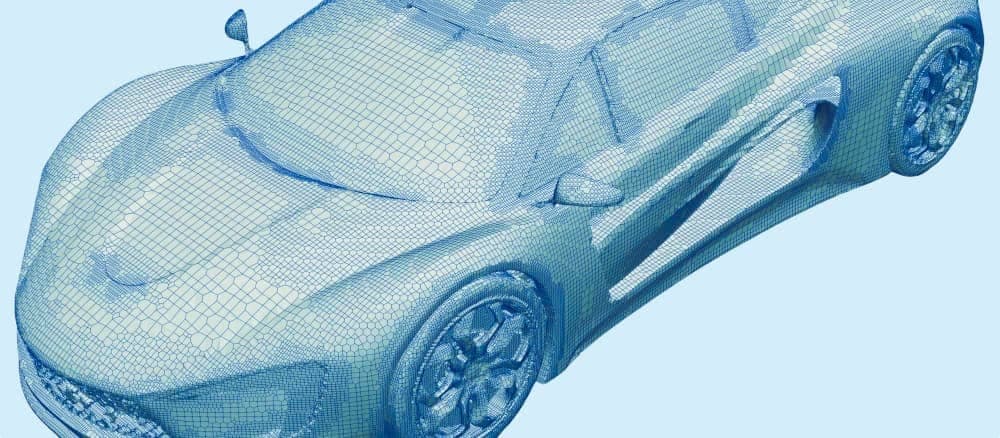Notice the black loop surrounding F1 drivers’ heads?
No, it is not a handle to easily get in or out of the car - it will actually take a few extra seconds to find your position. Neither is it there to make the car more aerodynamic – in fact, it will only slow it down, for now. It won’t make the car lighter either – it adds around 14 kg to these lightweight racers. As Toto Wolff, boss of Mercedes-AMG F1 team, put it: “I would like to saw it off if I could”.

Helo, Halo
This part is called the ‘Halo’ and is there to protect the driver in case of a collision with other cars, flying debris or obstacles around the track. After numerous injuries and even casualties, It easily justifies the performance loss. It took years of research and debate to finally make it to all Formula 1, Formula 2 and Formula E cars in 2018. Each halo is identical – a high tech titanium element that can withstand 12 tons of vertical load.
So exactly how much slower will the cars be?
To gain insight, we turned to partner engineering agency Voxdale ’s Monah, a modular cockpit designed to test & optimize driver position & cockpit design in a physical wind tunnel. We put a 3D model of their setup, with and without Halo, in our virtual wind tunnel to see the effect on aerodynamics.

On Monah, the Halo increased air resistance by 30 Newtons (3 kg) at 180 km/h. It steels 2 horsepower from the engine, just to overcome this extra air resistance. At 300 km/h, that’s 9 horsepower, slowing the car down by almost 1km/h – enough to overtake your opponent on a long straight, albeit at toddler speed.
Advantages?
But if the Halo is identical for all, there is no advantage, right? Yes and no. Teams have been given 20mm of room around the Halo to play with aerodynamics by adding carbon fiber fairings. May seem like nothing, but small geometries can have a dramatic impact. We’ve already seen Toro Rosso and Sauber-Alfa Romeo experiment with a small wing on top of the Halo.

Safer ánd faster?
So keep an eye out for funky add-ons to the Halo. And with Mercedes’ massive expertise in aerodynamics, we soon expect Mr. Wolff to glue the Halo back on and make the difference yet again! The playing field has been leveled a bit, for now. Want to get ahead again? Contact us!
Update
At the 2018 Belgian Grand Prix at Spa Francorchamps, Alonso's McLaren was catapulted on top of Leclerc's Sauber Alfa Romeo. The Halo was seriously hit, but remained functional and prevented injury to Leclerc.

